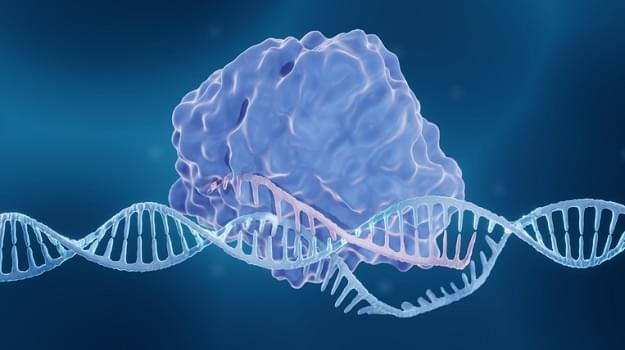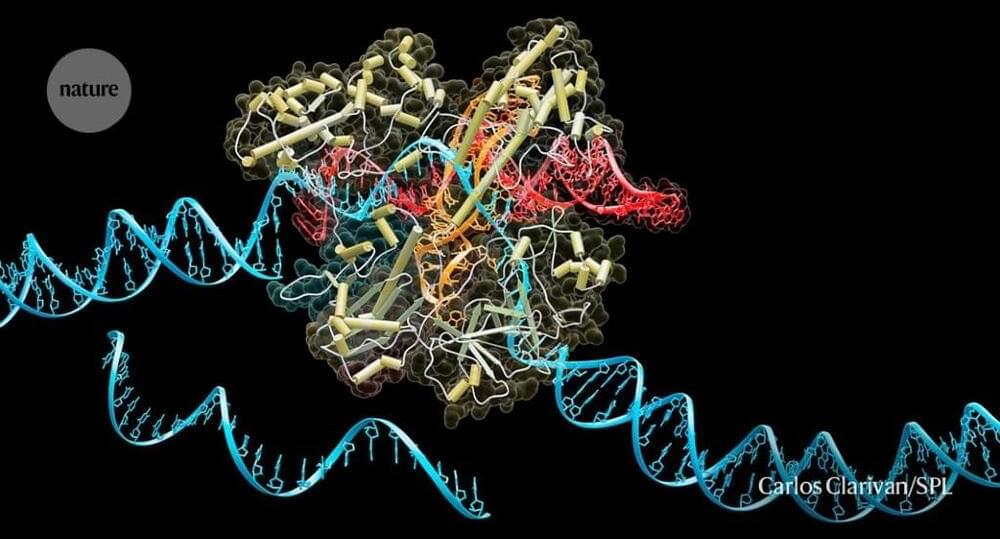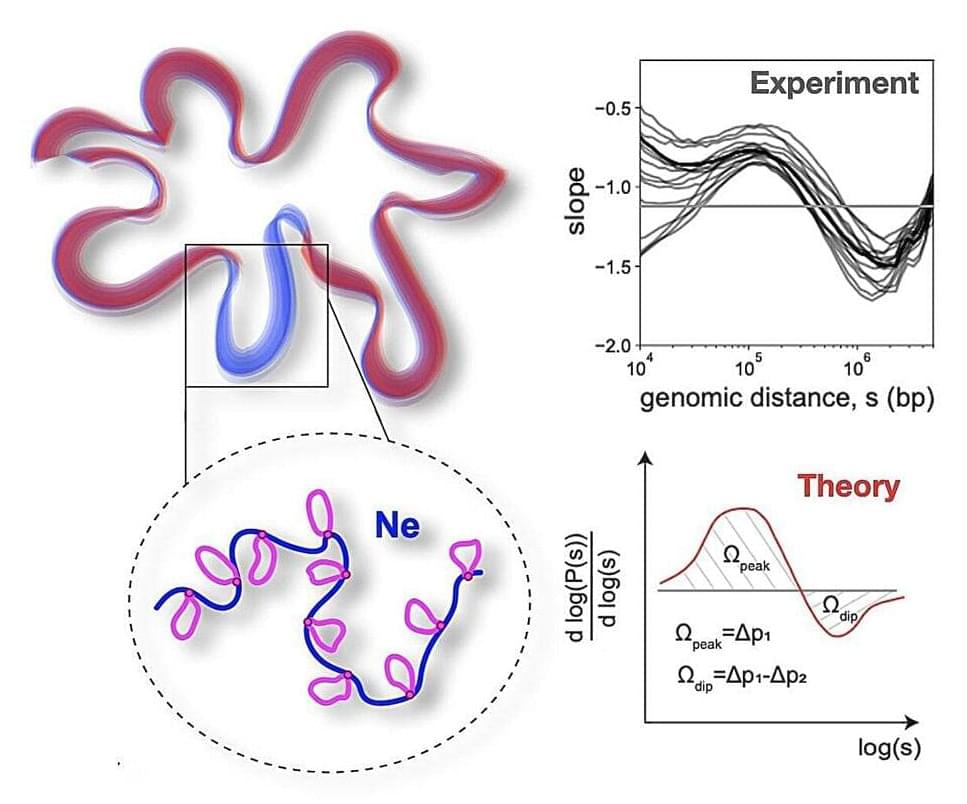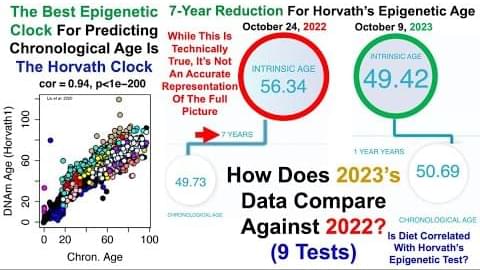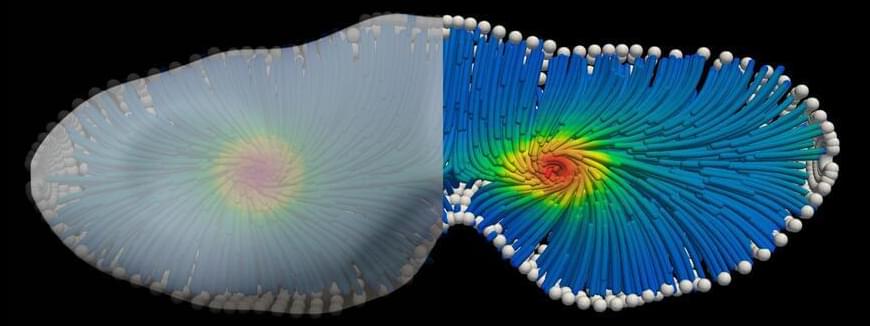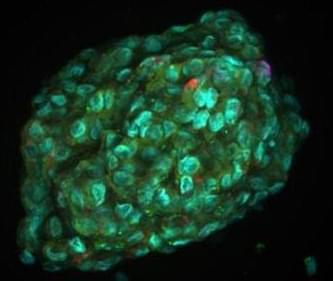Nov 24, 2023
Future Business Tech
Posted by Shailesh Prasad in categories: augmented reality, bioengineering, biological, blockchains, genetics, Ray Kurzweil, robotics/AI, singularity, transhumanism
This video explores the future of the world from 2030 to 10,000 A.D. and beyond…Watch this next video about the Technological Singularity: https://youtu.be/yHEnKwSUzAE.
🎁 5 Free ChatGPT Prompts To Become a Superhuman: https://bit.ly/3Oka9FM
🤖 AI for Business Leaders (Udacity Program): https://bit.ly/3Qjxkmu.
☕ My Patreon: https://www.patreon.com/futurebusinesstech.
➡️ Official Discord Server: https://discord.gg/R8cYEWpCzK
0:00 2030
12:40 2050
39:11 2060
49:57 2070
01:04:58 2080
01:16:39 2090
01:28:38 2100
01:49:03 2200
02:05:48 2300
02:20:31 3000
02:28:18 10,000 A.D.
02:35:29 1 Million Years.
02:43:16 1 Billion Years.

